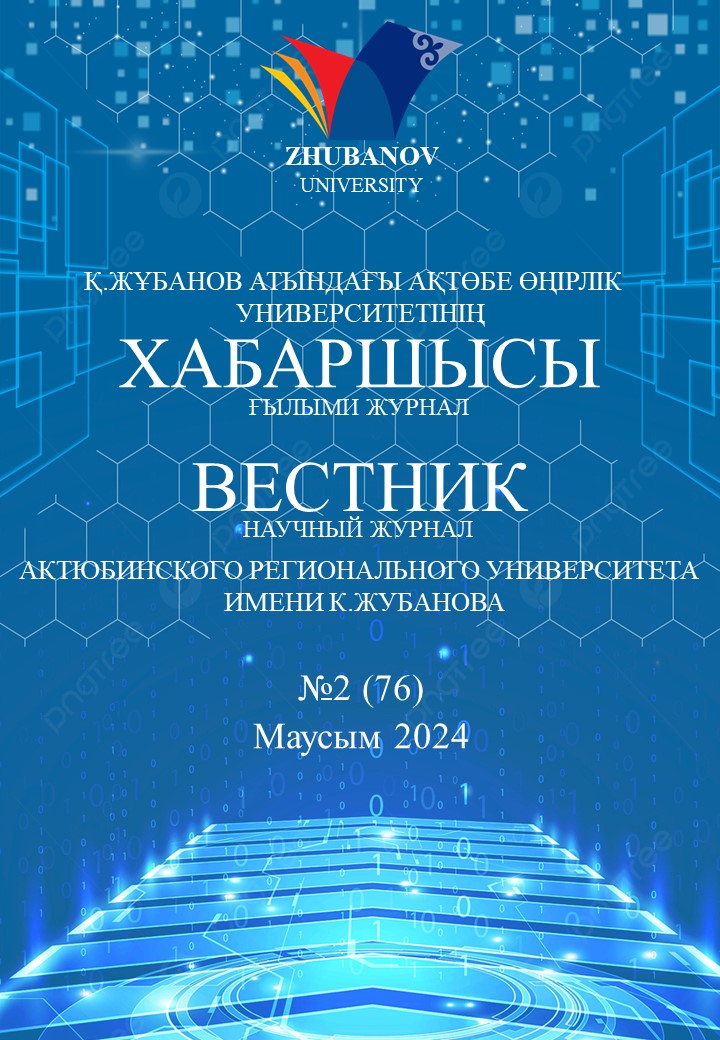Көмірсутек өнімдеріне үнемі өсіп келе жатқан сұранысты ескере отырып, бүгінде олардың
өндірісіндегі жағдай мәз емес болып саналады. Барлық мемлекеттер бойынша мұнай беру коэффициентінің орташа көрсеткіші 25%-дан 40% - ға дейін құрайды. Сондықтан күн сайын инновациялық технологиялық шешімдерге қызығушылық артып келеді. Бұл өнеркәсіптік игеру процесінде дәстүрлі нұсқалармен, кен орындарының бастапқы қорларымен салыстырғанда, қабаттағы қалдық шикізат қоры орта есеппен 55-75% жетеді.
Қазіргі уақытта мұнайдың көп бөлігі шамамен ширек ғасыр бұрын ашылған кен орындарынан өндіріледі. Бұл кен орындарынан мұнай берудің соңғы коэффициенті шамамен 35 % құрайды, яғни барлық мұнайдың үштен екісі кен орнында қалады. Зерттеулер көрсеткендей, егер бүгінгі мұнай өндіру коэффициенті кем дегенде 1% - ға артса, бұл алынатын қорларды 88 триллион баррельге арттырады, бұл бүгінгі өндірістің үш жылдық көлеміне тең. Сондай-ақ, ескі кен орындарының геологиялық тұрғыдан жақсы зерттелгендігі, сондай-ақ жақсы дамыған инфрақұрылымы бар екендігі маңызды, бұл мұнай өндіруді ұлғайту бойынша жаңа технологияларды енгізу кезінде қаржылық тәуекелдерді азайтады.
Бұл мақалада АСП технологиясының жаңашылдығы сипатталған болатын. АСП әдісінің ерекшелігі -
қоршаған ортаға тигізер теріс әсерді азайту. Қоспа компоненттері дееніміз - химиялық өнеркәсіпте және суды тазартуда қолданылатын улы емес заттар. Дәстүрлі суды айдаумен салыстырғанда бұл әдістің тиімділігі 2-3 есе артады.
БАЛГЫНОВА А.М.
Техника ғылымдарының кандидаты, доцент (АӨУ), Қ. Жұбанов атындағы Ақтөбе өңірлік университеті, Ақтөбе қ., Қазақстан.
Е-mail: moldir_merei66@mail.ru, https://orcid.org/0000-0001-5688-996Х;
КАЙНЕНОВА Т.С.
Магистр, аға оқытушы, Қ. Жұбанов атындағы Ақтөбе өңірлік университеті, Ақтөбе қ., Қазақстан.
Е-mail: kaynenova83@mail.ru, https://orcid.org/0000-0001-8750-5703;
САРКУЛОВА Ж.С.
PhD доктор, доцент, Қ. Жұбанов атындағы Ақтөбе өңірлік университеті, Ақтөбе қ., Қазақстан.
Е-mail: zhadi_0691@mail.ru, https://orcid.org/0000-0001-8539-1802;
ТЕМИРХАНОВА М.М.
магистрант (АӨУ), Қ. Жұбанов атындағы Ақтөбе өңірлік университеті, Ақтөбе қ., Қазақстан.
Е-mail: temirkhanova.madina@inbox.ru, https://orcid.org/0009-0006-0624-6775;
ШЕРЬЯЗОВ С.К.
Техника ғылымдарының докторы, профессор, Оңтүстік-Орал мемлекеттік аграрлық университеті, Челябинск қ., Ресей.
Е-mail: sakenu@yandex.ru, https://orcid.org/0000-0001-8795-5114.
- Воробьева Л.В. Основы нефтегазового дела: учебное пособие / Л.В. Воробьева. – Томск: ТПУ, 2017. — 186 с.
- Статистика Международного Энергетического Агентства (IEA), 2018.
- Lake L.W. Enhanced Oil Recovery / Prentice-Hall, 1989.
- Н. Д. Шарипова, А.А. Севастьянов. Анализ зарубежного и российского опыта по применению ASP-технологии / Sci/article.ru. - 2016. — 119–124 с.
- Нажису Е., Рофеев В.И. Исследование и применение комплексной технологии заводнения для повышения нефтеотдачи пластов / Томск : Национальный исследовательский Томский политехнический университет, 2017. — №10.
- Sheng J. J., Leonhardt B., Azri N. “Status of Polymer-Flooding Technology.” / SPE174541 (2015). DOI: https://doi.org/10.2118/174541-PA
- Alvarado V., Manrik E. Methods Of Increasing Oil Recovery. Planning and Application Strategies / Technopress Ltd, 2011


